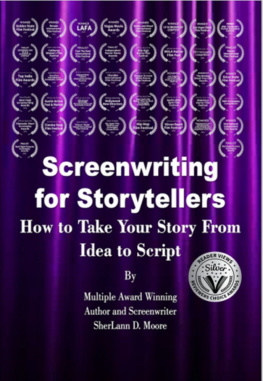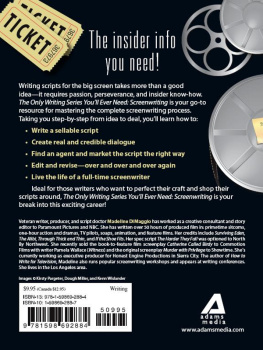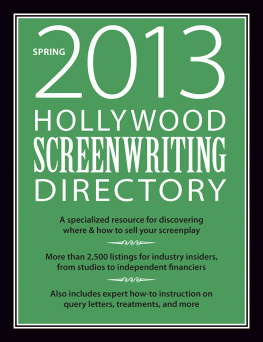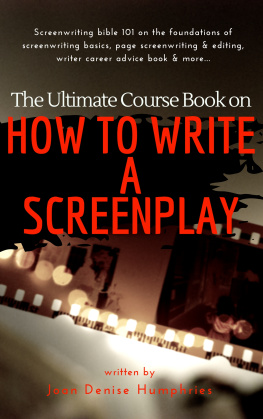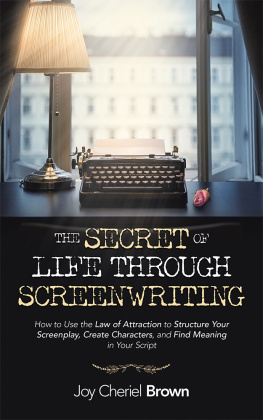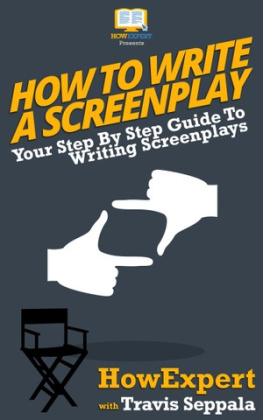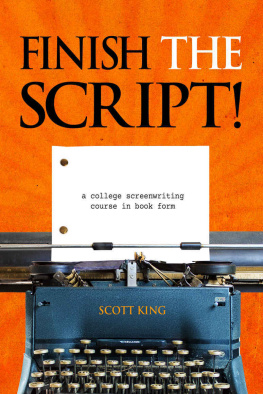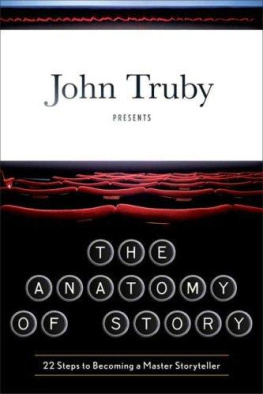SherLann D. Moore - Screenwriting for Storytellers : How to Take Your Story from Idea to Script
Here you can read online SherLann D. Moore - Screenwriting for Storytellers : How to Take Your Story from Idea to Script full text of the book (entire story) in english for free. Download pdf and epub, get meaning, cover and reviews about this ebook. year: 2021, genre: Detective and thriller. Description of the work, (preface) as well as reviews are available. Best literature library LitArk.com created for fans of good reading and offers a wide selection of genres:
Romance novel
Science fiction
Adventure
Detective
Science
History
Home and family
Prose
Art
Politics
Computer
Non-fiction
Religion
Business
Children
Humor
Choose a favorite category and find really read worthwhile books. Enjoy immersion in the world of imagination, feel the emotions of the characters or learn something new for yourself, make an fascinating discovery.
- Book:Screenwriting for Storytellers : How to Take Your Story from Idea to Script
- Author:
- Genre:
- Year:2021
- Rating:4 / 5
- Favourites:Add to favourites
- Your mark:
- 80
- 1
- 2
- 3
- 4
- 5
Screenwriting for Storytellers : How to Take Your Story from Idea to Script: summary, description and annotation
We offer to read an annotation, description, summary or preface (depends on what the author of the book "Screenwriting for Storytellers : How to Take Your Story from Idea to Script" wrote himself). If you haven't found the necessary information about the book — write in the comments, we will try to find it.
SherLann D. Moore: author's other books
Who wrote Screenwriting for Storytellers : How to Take Your Story from Idea to Script? Find out the surname, the name of the author of the book and a list of all author's works by series.
Screenwriting for Storytellers : How to Take Your Story from Idea to Script — read online for free the complete book (whole text) full work
Below is the text of the book, divided by pages. System saving the place of the last page read, allows you to conveniently read the book "Screenwriting for Storytellers : How to Take Your Story from Idea to Script" online for free, without having to search again every time where you left off. Put a bookmark, and you can go to the page where you finished reading at any time.
Font size:
Interval:
Bookmark:
 Published by Moon Leaf Publishing Publication date 2021 2021 S.D. Moore. All rights reserved. No part of this book may be reproduced, stored in a retrieval system, or transmitted by any means without the written permission of the author or publisher. ISBN: 978-0-9997612-5-0 (sc) ISBN: 978-0-9997612-6-7 (hc) www.sdmooreauthor.com INTRODUCTION When I initially became interested in writing screenplays I found that screenwriting books were written for someone who already had advanced knowledge of the craft. The books used many esoteric terms that are foreign to the world of book writing.
Published by Moon Leaf Publishing Publication date 2021 2021 S.D. Moore. All rights reserved. No part of this book may be reproduced, stored in a retrieval system, or transmitted by any means without the written permission of the author or publisher. ISBN: 978-0-9997612-5-0 (sc) ISBN: 978-0-9997612-6-7 (hc) www.sdmooreauthor.com INTRODUCTION When I initially became interested in writing screenplays I found that screenwriting books were written for someone who already had advanced knowledge of the craft. The books used many esoteric terms that are foreign to the world of book writing.
Authors of screenwriting books simply werent reaching me as a writer who tells stories through books. I also thought about going to film school, but after nearly completing a doctorate, there was no way that I was going to attend four more years of college courses, nor was I going to amass a huge load of new college debt. It was only through years of trial, error and triumph that I figured things out. My goal is to give my fellow authors the simple tools needed to write a movie script. This book also has bonus features like quizzes, writers block removal exercises, pitch deck training and my cash award winning autobiographic feature script - Stronger When Shes Broken. Screenwriting for Storytellers is a must have tool for anyone who wants to turn their story into a movie script.
Now lets get started. PART ONETHEBASICSMARGINS AND PAGE NUMBERS Screenwriting software and templates in word processing applications will have the margins set for script format. Otherwise: Top, bottom and right margins at 1 Left margin at 1.25 CHARACTER centered with left indent at 1.25 and right indent at 1 Dialogue left aligned with left indent at 1.75 and right indent at 1.5 Please check margin requirements before submitting to anentity. Name of Screenplay By S.L. Moe PAGE NUMBERS No page number goes on the cover page. . . .
Page numbers begin on sheet of paper number three, with the number 2 in the upper right hand corner. . All page numbers thereafter will be placed in the upper right hand corner. 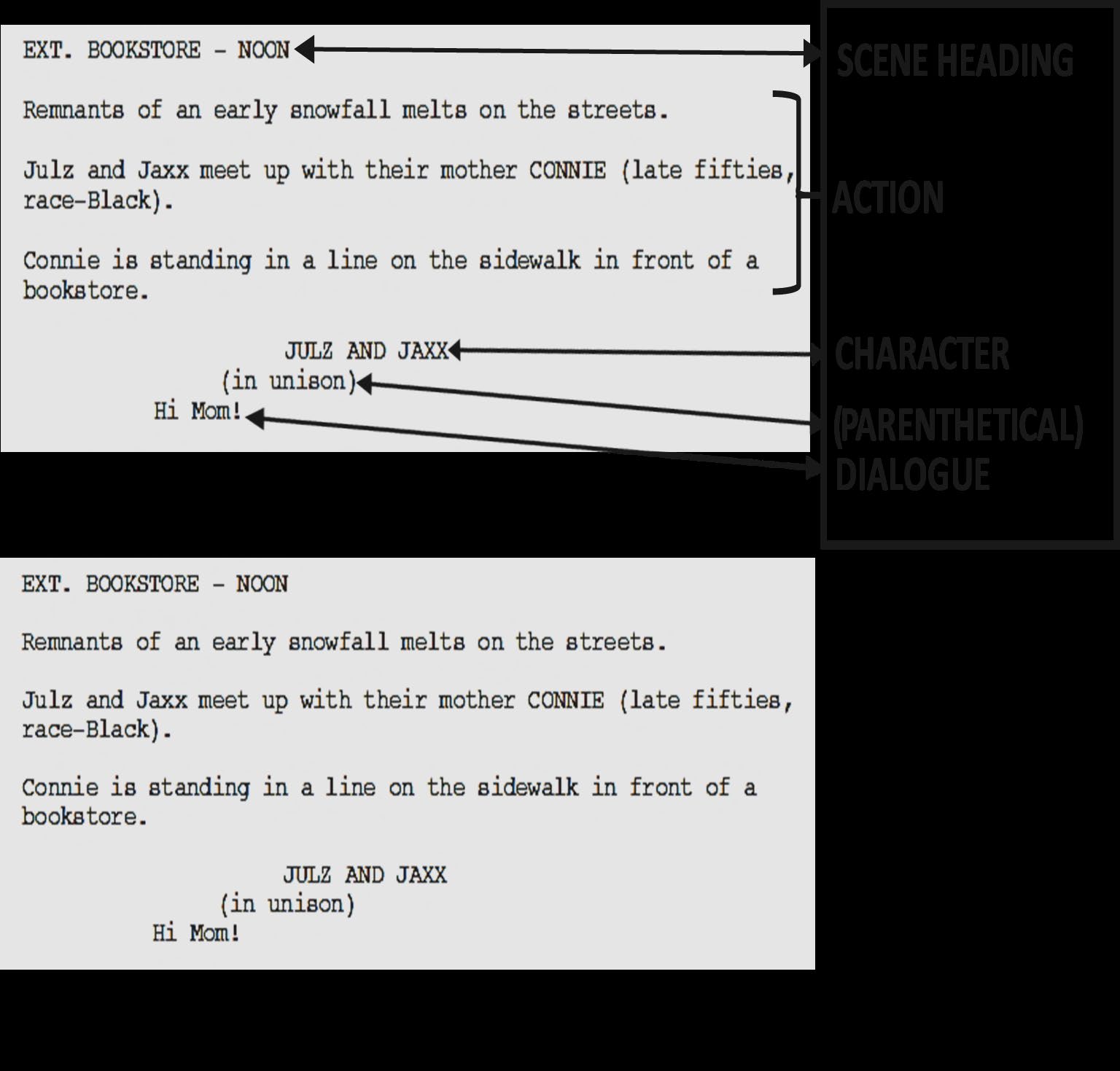 SCRIPT ELEMENTS There are many software programs that will automatically format a script, but you need to know the basic elements of a script and where those elements should be located. NOTES: ______________________________________________ ______________________________________________________ ______________________________________________________ SCENE HEADINGS AKA SLUGLINES A scene heading is inserted at the beginning of a new scene. The beginning of a scene heading denotes interior (INT.), exterior (EXT.) or simultaneous interior and exterior location (INT/ENT.).
SCRIPT ELEMENTS There are many software programs that will automatically format a script, but you need to know the basic elements of a script and where those elements should be located. NOTES: ______________________________________________ ______________________________________________________ ______________________________________________________ SCENE HEADINGS AKA SLUGLINES A scene heading is inserted at the beginning of a new scene. The beginning of a scene heading denotes interior (INT.), exterior (EXT.) or simultaneous interior and exterior location (INT/ENT.).
The middle states the specific location. The end gives the time of day. See the following examples: EXT. DAVIDS HOME - NIGHTEXT. HOT SPRINGS DAYINT. SPACE FIGHTER NIGHT (YEAR 3025)EXT.
MONSTERS LAIR DAY Use Interior/Exterior to identify when the camera can simultaneously shoot a scene in the interior/exterior of a location (cab of truck, jet, etc.). INT/EXT. SCOTTS CAR DAYINT/EXT. MOUNTAIN TRAM - DAYINT/EXT. HELICOPTER COCKPIT DUSKINT/EXT. FREIGHT ELEVATOR - NIGHTNOTES:______________________________________________________________________________________________________________________________________________________MINI SCENE HEADINGS What if you have multiple scenes in one location such as a home, museum or hospital? In the past a screenwriter would use scene transitions like CUT TO, but the contemporary method is to use a Mini Scene Heading to transition between locations in the same dwelling.
For example: INT. JULZ'S APARTMENT - DAYHOME OFFICE Julz puts on virtual reality gloves and slips on her V/R goggles to bring up the image of Mr. Smiths misspelled tattoo in virtual reality. She uses her fingers, hands, and eyebrows to manipulate the commands on the screen. Julz sketches out ideas in virtual reality. She repeatedly tries new designs, but nothing feels right.
She sighs with frustration before shutting things down for the day. LIVINGROOM - NIGHT Julz answers a knock at her door. Its Jaxx and Joe dressed in Halloween costumes. NOTES:____________________________________________________________________________________________________________________________________________________________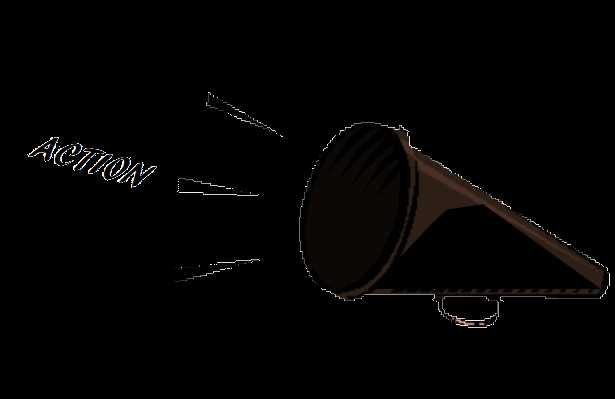 ACTION The action element of the script describes whats happening in the scene. Often descriptions in the ACTION element are written short and to the point. The bottom line, keep it brief.
ACTION The action element of the script describes whats happening in the scene. Often descriptions in the ACTION element are written short and to the point. The bottom line, keep it brief.
ACTION should be written in present tense. The writer should also avoid giving directing and/or music cues. Below are some simple action lines. The ladies stop dancing. A sixty-year-old attractive White man wearing a flat top gamblers hat gets out of large red pickup truck. A sign painted on the side of the truck reads, Sumners Industrial Construction. SUMNER Havreaux enters the ink shop. Hes carrying two medium sized boxes.
Sumner speaks with a relaxed Cajun drawl. 
 ACTION: VISUAL Authors use narration to help readers imagine various objects and settings in a story. Screenwriters use the action element to indicate what visual items should appear on the screen For instance, an author would use narration to tell readers that a man is standing on a riverbank in front of Mount Rainier and then go on to describe the color of the sky, whether the sky is clear or cloudy, the brightness of the sun, beauty of the landscape and colors of the rainbow. A screenwriter uses the scene heading to show the location and an action element to define the setting. EXT. HOT SPRINGS - NIGHT After a short drive Julz and David can see glimmers of colored lights between the peaks of the mountains.
ACTION: VISUAL Authors use narration to help readers imagine various objects and settings in a story. Screenwriters use the action element to indicate what visual items should appear on the screen For instance, an author would use narration to tell readers that a man is standing on a riverbank in front of Mount Rainier and then go on to describe the color of the sky, whether the sky is clear or cloudy, the brightness of the sun, beauty of the landscape and colors of the rainbow. A screenwriter uses the scene heading to show the location and an action element to define the setting. EXT. HOT SPRINGS - NIGHT After a short drive Julz and David can see glimmers of colored lights between the peaks of the mountains.
Julz and David get out of the vehicle near a trail leading to one of the dipping areas of the lake sized body of water. They stand in awe of the sight of the bright green and red bands of the Aurora Borealis dancing in the sky. Colorful bands of the Aurora Borealis are so bright that they paint the mountains with beautiful waves of red and green light. The waves of light reveal a frozen water fall and big horned sheep stair stepped al ong the cliffs in the darkness. ACTION: AUDIBLE Another component of a film is sound or silence. Again a book writer uses narration to help readers imagine what things sound like in a story.
Screenwriters use the action element to convey sound cues in a screenplay. Here are some examples: Jack hears car tires screech just before a car crashes into a street lamp. A glass shattering on the marble floor breaks the silence. Muffled techno music can be heard outside of the club. The dog jumps at the sudden sound of loud, roaring thunder. Children laugh and playfully squeal on the playground.
The drummer bangs her drumsticks together four times before the band begins to play. The sound of hooves from a single horse drawn carriage echoes in the night. Joe uses a stick to stir the crackling campfire. Large chunks of hail crash against the roof of Kates car. Douglas stands on the pier listening to the sound of waves crashing against the shore.
Next pageFont size:
Interval:
Bookmark:
Similar books «Screenwriting for Storytellers : How to Take Your Story from Idea to Script»
Look at similar books to Screenwriting for Storytellers : How to Take Your Story from Idea to Script. We have selected literature similar in name and meaning in the hope of providing readers with more options to find new, interesting, not yet read works.
Discussion, reviews of the book Screenwriting for Storytellers : How to Take Your Story from Idea to Script and just readers' own opinions. Leave your comments, write what you think about the work, its meaning or the main characters. Specify what exactly you liked and what you didn't like, and why you think so.

